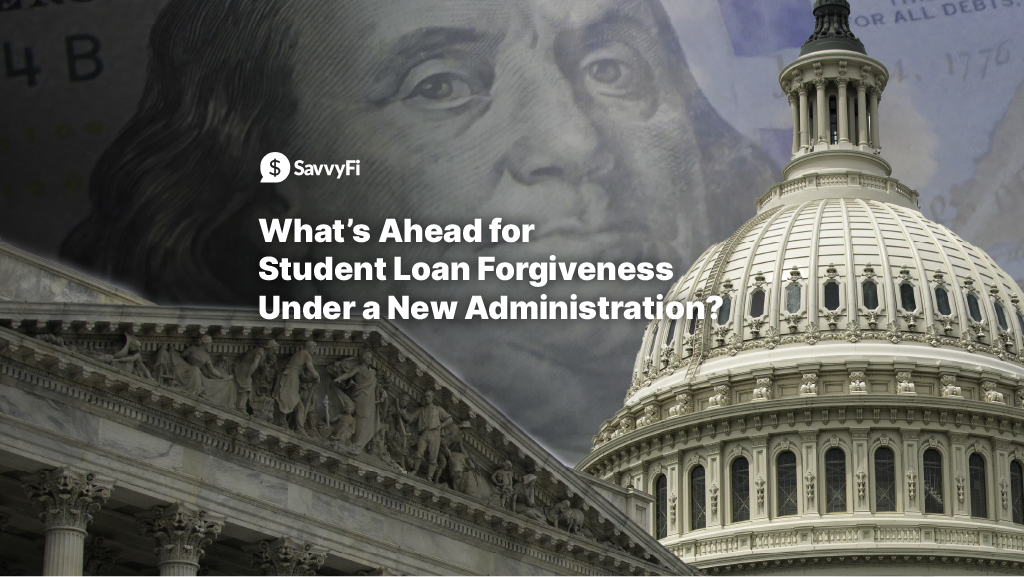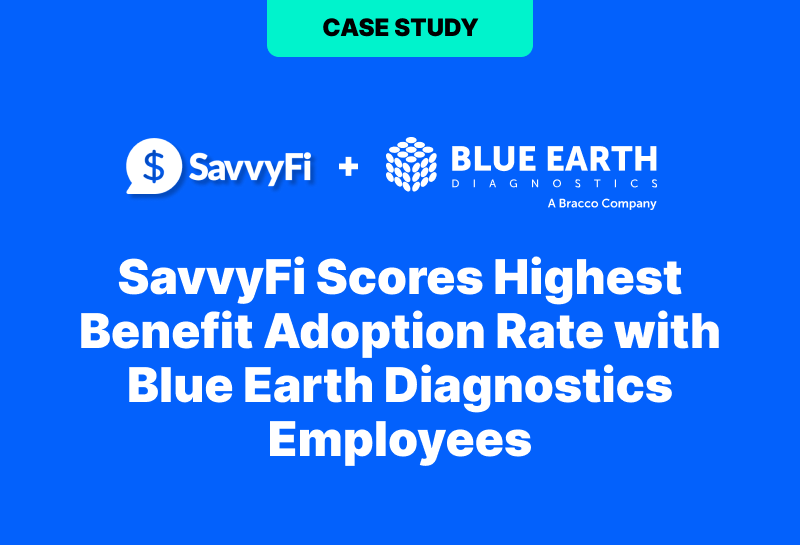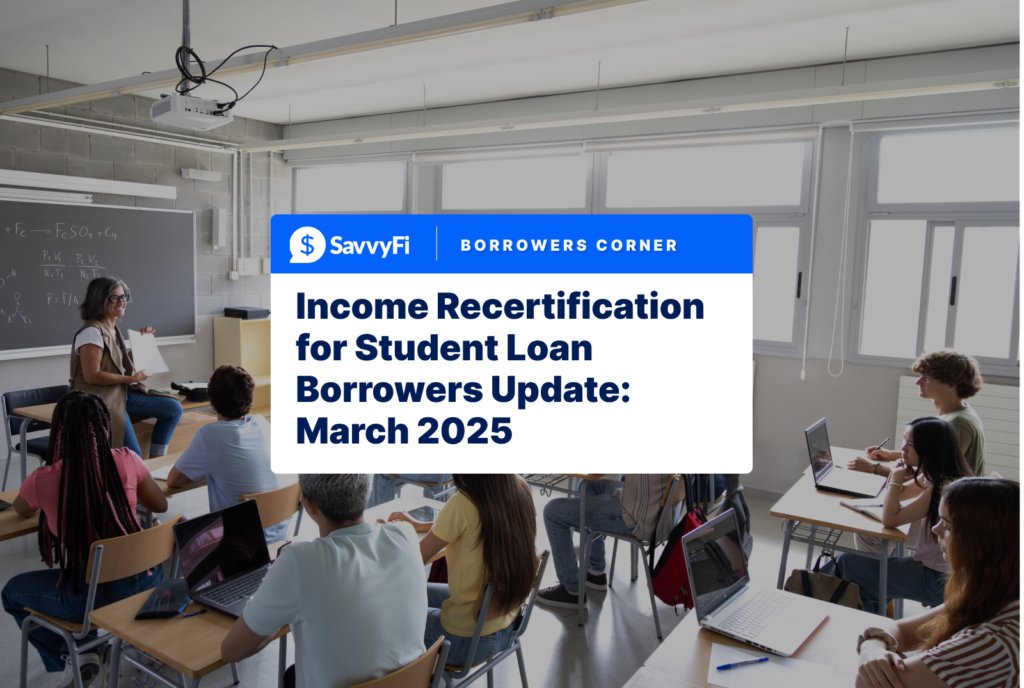With the Trump Administration set to take office in January, significant changes to student loan policies could be on the horizon. If you’re pursuing Public Service Loan Forgiveness (PSLF) or enrolled in an Income-Driven Repayment (IDR) plan, here’s what you need to know about current programs, pending legal decisions, and what may come next.

Jason DiLorenzo
As an employer consultant and student loan borrower advocate, Jason has taught best practices at top U.S. schools and hospitals.
Organizations have managed over $5 billion in federal student debt since 2010 under Jason's leadership.
SAVE Repayment Plan: Uncertainty in the Courts
The SAVE plan, introduced under the Biden Administration, remains tied up in legal battles and we believe it is unlikely to survive under the new administration. Borrowers currently in SAVE forbearance should prepare to switch to other IDR plans once court rulings are finalized. PAYE (Pay As You Earn) and ICR (Income-Contingent Repayment) will soon become available again, offering familiar alternatives.
What does this mean for borrowers?
- For anyone concerned about losing credit toward PSLF while in SAVE forbearance, switching plans now may help.
- PAYE and IBR (Income-Based Repayment) will likely remain unaffected, as they are protected by existing legislation. REPAYE (Revised Pay As You Earn) may also return, depending on the courts.
PSLF: Will It Survive?
While past administrations have proposed capping or eliminating PSLF, it remains embedded in Direct Loan promissory notes since 2007. Any future changes will likely apply only to new borrowers. PSLF remains intact for those already enrolled, and we don’t expect it to go anywhere for existing borrowers.
However, it’s important to stay informed about potential shifts that could affect IDR plans, as they can impact your PSLF trajectory. If you’ve found the best path to forgiveness, stick with it for now.
IDR Account Adjustment: A Silver Lining
The IDR Account Adjustment, which retroactively credits borrowers toward IDR and PSLF forgiveness, is expected to be completed by the end of this year. This adjustment is crucial, as it could significantly boost progress for many borrowers.
PSLF Buyback Program: Still on the Table
Earlier this year, a PSLF Buyback Program was announced, allowing borrowers to retroactively qualify past payments. While it hasn’t been rolled out fully yet, it remains a promising option for those whose current forbearance period doesn’t count toward PSLF. Expect more clarity once the IDR adjustments are finalized.
New Legislation: Affordable Loans for Students Act
A key policy proposal from GOP leaders could reshape the loan landscape. Here’s a snapshot:
- Interest Rates Reduced to 1%: This would apply retroactively, dramatically lowering repayment costs. For example, a borrower with a $100,000 GradPLUS loan currently facing a 9% interest rate could save over $100,000 in interest over 25 years.
- PSLF and IDR Plans Unaffected: PAYE, IBR, and PSLF would remain available, ensuring minimal disruption for borrowers pursuing forgiveness.
Should You Switch Repayment Plans?
While the SAVE forbearance might still work for many, consider switching if:
- You want payments to count toward PSLF. Forbearance under SAVE doesn’t qualify.
- Tax strategy matters. If you plan to file taxes separately in 2024 to lower payments, PAYE or IBR may be better options, as REPAYE doesn’t support this.
How SavvyFi Can Support You Through These Changes
SavvyFi offers a comprehensive bundle of education benefits designed to empower employees to take control of their student loan journey and future education goals. Here’s how:
1. Public Service Loan Forgiveness (PSLF) Support
- Expert Guidance: SavvyFi provides one-on-one support to help borrowers understand PSLF requirements, maximize qualifying payments, and navigate changes that could impact forgiveness.
- Webinars & Tools: Employees can access live webinars and actionable tools to stay on top of policy updates and PSLF strategies.
2. Income-Driven Repayment (IDR) Enrollment
- Simplified Enrollment: SavvyFi helps employees evaluate and enroll in the most advantageous IDR plans, including PAYE and IBR, ensuring they remain eligible for forgiveness programs.
- Barrier Removal: Personalized support ensures employees overcome obstacles to IDR enrollment and stay on track with their repayment goals.
3. Student Loan Repayment Assistance
- Financial Wellness Focus: SavvyFi’s student loan repayment benefit helps employees reduce their debt burden and achieve financial stability, even as policies shift.
- Retirement Matching: Through Secure 2.0, employees can qualify for student loan retirement matching, improving long-term financial wellness while tackling debt.
4. Education Savings & Tuition Reimbursement
- 529 Plans: SavvyFi encourages future-focused saving through 529 plans, allowing employees to save or crowdfund for education expenses.
- Tuition Reimbursement: For those pursuing continuing education, SavvyFi facilitates tuition reimbursement, helping employees upskill and advance their careers.
Looking Ahead: What to Expect
The next few months will be pivotal for student loan borrowers. Stay informed about legal decisions and policy changes. We’ll keep you updated as new developments unfold. In the meantime, assess your repayment strategy and prepare for potential shifts in the student loan landscape.
Key takeaway: While uncertainty looms, maintaining flexibility and staying informed will help you navigate the evolving landscape of student loan forgiveness. Stay the course, but be ready to adapt.
Curious about implementing education benefits at your organization? Learn more about how SavvyFi can help you provide these valuable benefits to your workforce today.
About SavvyFi: SavvyFi is a user-friendly fintech platform that makes it easy for employers to provide college savings and student loan benefits to their employees. Because the company’s platform is “zero-touch” to HR — without any complicated systems, integrations, or paperwork — SavvyFi unlocks education financing capabilities to even the smallest employers that would not otherwise be able to offer these benefits.
Disclosure: Third-party quotes shown may not be representative of the experience of all SavvyFi customers and do not represent a guarantee of future performance or success.





